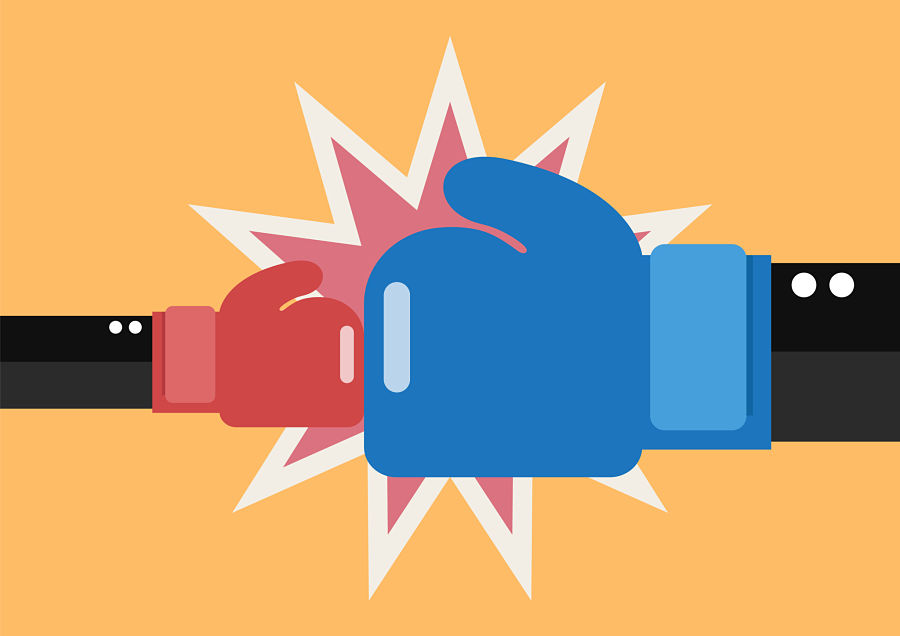
Here’s what happens when I talk to traders who struggle…
I ask them to tell me about their experience: the systems or strategies they’re using, and the results they’ve recorded so far.
And what they tell me usually suggests something like this:
1) They’re aiming to draw some kind of fixed result from their trading (they’re focusing on making an exact 10 pips per day for example or a minimum 400 pips per month).
2) So they’re following systems/services that claim very high ‘strike rates’ (i.e. the number of winning trades is much greater than the number of losing trades).
3) But they have very little patience (they jump from one methodology to another if they don’t immediately see the results they want).
The problem is many of them are setting their expectations incredibly high from day one.
Newbie traders in particular go after those systems that claim incredibly high strike rates. As an example I’ve just found one advertised online that claims 93% wins over the last 272 trades…
It certainly looks impressive, but a high probability of a winning trade is no guarantee of consistent profitability. It’s only one part of the mechanism. We’d need to know how much the system makes on a winning trade and how much it drops on a losing trade to get a true picture of its profitability.
And even that’s only part of it…
Because many systems claiming very high strike rates actually lose money over time.
On paper they might have a good current strike-rate, but they also tend to be tightly curve-fitted to current market conditions. It’s called ‘recency bias’ and this means a change in market conditions can wreak havoc on the system’s performance.
We move from a bull market to a bear market or from a period of relative calm to sudden high volatility and what looked like an ‘easy money’ system under favorable conditions is suddenly hemorrhaging pips at a rapid rate.
Our trader is now in a dilemma…
Does he ride out the unexpected rough patch, carry on trading and risk losing a bundle? Does he pull the plug now and consider the system expired? What if he widens out the stop loss on his trades, will that get things back under control?
This is exactly the kind of situation leading to the frustration, hesitation, and system-jumping that creates inconsistent results.
So when presented with two trading systems: one claiming 93% winners, one claiming 40% winners, but both claiming high profitability, why would most traders tend to jump on the 93% system?
The thing is, even though more consistency may be available from the 40% system for the long term, it can be difficult to set your ego aside and accept you’ll be ‘wrong’ on 60% of your trade entries.
We want to be profitable AND have an impeccable record for accurate trades – as if we get extra marks for it or something!
So if accepting a lower strike rate system is something you’d struggle with, even though it may provide the consistent profits you ultimately seek, here’s something you might try…
Move your focus away from the day-to-day profits of your trades for now, and focus on entering and exiting the trades the system provides without worrying about results.
If you have a trading system with a long term profitable edge – even a small one – and you can pull the trigger time-after-time, without hesitating or second-guessing, the money will follow as sure as night follows day.
Here’s a short 3-step sequence you might follow to help you get there:
Rich’s Simple Success Sequence
1) Assess: Do you have access to a trading system with a proven profitable edge? Has it shown consistent profits through a range of different market conditions (you might need to do some backtesting here to satisfy yourself that the system is reliable)
2) Prepare: Be ready to make finding consistency your number one priority ABOVE ALL ELSE. Forget about individual trade results and money making for now. Set yourself a future review point – after your next thirty trades is a good number to work to – and then put your plan in writing. Something like this:
“Starting Monday 12th February, I will take every single trade my system generates without hesitation. My focus is purely on pulling the trigger and I will not second-guess the system or be concerned with the results. I will operate under these conditions for the next 30 trades and then review my performance”
3) ACT!: On Monday 12th February – or whatever date you set yourself as a starting point – pull the trigger on your trades. And carry on doing so with discipline.
After you’ve completed your thirty trades analyse how consistently you performed: did you take every trade? Did your system’s positive edge play out for you as expected?
Once you’ve learned to let go, and handed the responsibility of making money back to your system, YOU should just be fulfilling the role of ‘machine operator.’ You want to be the man that just pulls the handle.
And that’s when things can really start happening!
So let me know what you think about the whole issue of finding consistency in your trading. Even better, try the Simple Success Sequence yourself and tell me your results.
